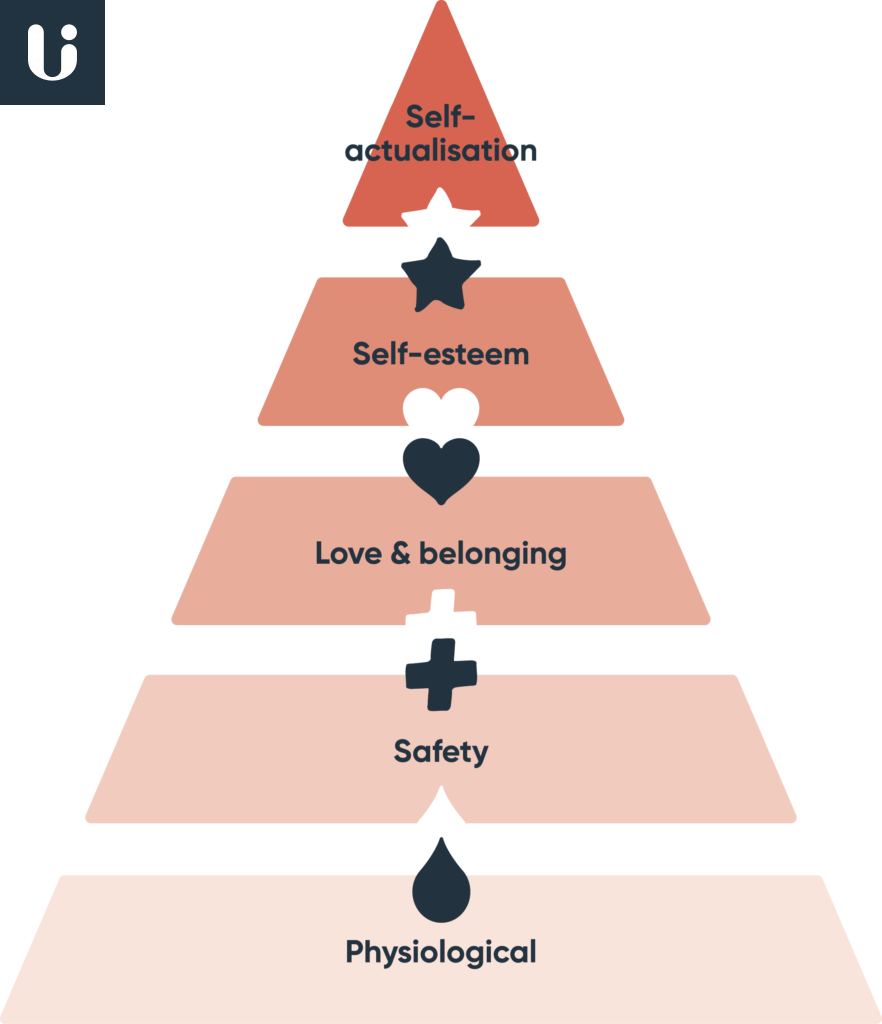
Botox is a neurotoxin, which sounds scary, but is perfectly safe—as long as it’s made and administered by a licensed professional.
Botox is a drug made from a neurotoxin produced by the bacterium Clostridium botulinum called botulinum toxin. “It’s a poison secreted by the bacteria,” plastic surgeon Norman Rowe, M.D., tells SELF. Botulinum toxin has proven to be a successful and valuable therapeutic protein when dosage, frequency of treatment and variety of treated clinical conditions are considered, according to Howard Sobel, M.D., a dermatologist in New York. Basically: when it’s done right. When it’s done wrong—like, really, really wrong—it can cause “botulism-like symptoms,” according to Mayo Clinic, which may include muscle weakness, trouble breathing, speaking or swallowing, bladder control issues, and vision problems. That is “very unlikely,” but a more than convincing enough reason not to go bargain hunting for Botox.
It comes in powder form, and your doctor dilutes it with saline to make it an injectable. By using saline, they’re also “watering it down,” effectively taking out any noxious capabilities. So you’re good. (And no, Ben, saying it’s poisonous isn’t correct nor an effective reason to make me not go under the needle.)
The chemical kicks into action, blocking nerve transmission in nearby muscles, effectively freezing the area.
After the injection moves from the dermis and into the desired muscle, the nerves there are blocked—rather, their synapses, are blocked—by the Botox. So even though your brain my fire and signal for your body to move a particular muscle, Botox effectively blocks that firing and keeps the muscle from moving. The injected muscle can no longer contract, which causes the wrinkles to relax and soften, and also helps prevent new ones from forming.
The effect remains localized, though.
Botox stays only where injected, it does not roam through the body. “If I inject it in your face, it’s not going to work [or show up in] your toe,” says Rowe. “It does not have a systemic effect.” However, it may migrate up to 3 cm from where it was injected. But even if some molecules were to go into the bloodstream and travel to distant sites in the body, the cosmetic doses (typically less than 100 units) used are significantly lower than the toxic dose that would be harmful systemically (2,500-3,000 units).
It won’t make the area go numb.
“You may say, ‘Why is it that I’m injecting myself, but it doesn’t block my feeling? I can feel it when I touch my face, though.’ But that’s because there are two different types of nerves in the body,” Rowe tells SELF. “One type makes motion, and ones that give you feeling. Botox only blocks the synapses of the former kind,” he says.
The injection site could swell or get red or bruised, but not if you and your doctor are careful.
Expect to resume your normal daily activities right after the procedure. Be forewarned, though: Swelling could result “because the Botox is diluted with saline,” Sobel tells SELF, “but that type of bump should mostly go down within an hour. Within several hours any residual swelling should be gone.”
Alternatively, bruising could occur, though is less likely, says Rowe, especially in the hands of an experienced doctor. While he says it’s “dumb luck” whether or not one bruises from an injection, he also notes that good technique helps reduce the chances. Sobel says that “if you inject [the needle with Botox] too deep, very often you can hit a blood vessel and bruise.” What you do after the injection can also make a difference: Take care not to rub or massage the treated areas, as this can cause the toxin to migrate.
In a few days (think anywhere from three to seven), you’ll have noticeably smoother skin.
“Botox inactivates the muscle,” Rowe tells SELF, “and therefore the muscle doesn’t fire and pull on skin, thus reducing animation.” However, when I asked Sobel what was happening during the exact incubation, he told SELF that “I’m not sure if anyone can give you an answer…we’ve noticed that when we inject it, it just takes three of four days for you to see the muscle contract.”
Botox can also help future wrinkles from forming.
“It has a prophylactic effect,” says Rowe. “If you can inactivate a muscle before it pulls the skin, it’ll prevent any lines from forming or getting worse.”
And once it’s in, it’s in—for about four months, until it dissipates, and treatment is needed again.
Once the protein stops functioning at the neuromuscular junction, it is broken down into its harmless components (amino acids) and either recycled for use in other proteins or excreted by the kidneys. “The bigger the muscle, the quicker you’ll see motion return,” says Rowe. “Likewise, the smaller the muscle, the longer the effect of botox lasts.” It doesn’t have a tolerance effect, either—your body never gets used to Botox.
It’s not just about wrinkles and frown lines: Botox is used to treat a variety of conditions.
The biological blocking powers of Botox are used to treat migraines, muscular disorders, and some and bowel disorders. It can treat muscle stiffness, muscle spasms, overactive bladder, or loss of bladder control, too. It’s also used to stop excessive sweating. “Botox blocks glands the same way it blocks nerves in muscles,” Sobel tells SELF. However, don’t expect to stop sweating entirely, he says. “You’ve got to sweat somewhere.” What’s more, Botox will last far longer in these sweaty situations since the glands are far smaller than the muscles treated, says Rowe.
When it comes to headaches, “the effects of Botox on migraines was actually stumbled upon,” Rowe tells SELF. “Patients who had wanted wrinkles taken care of and had migraines who got injections reported headache relief,” he says.
And its uses are growing in number.
In some cases known as off-label use, doctors are safely administering it for conditions other than what it is officially approved for, including prostate issues, and eye-crossing (known medically as strabismus) cerebral palsy—which had my jaw on the floor. Rowe even went on to tell me it’s the drug of the twenty-first century. “It’s like Tylenol or aspirin,” he marveled to SELF. “It’s what penicillin was in the mid-twentieth century.”




